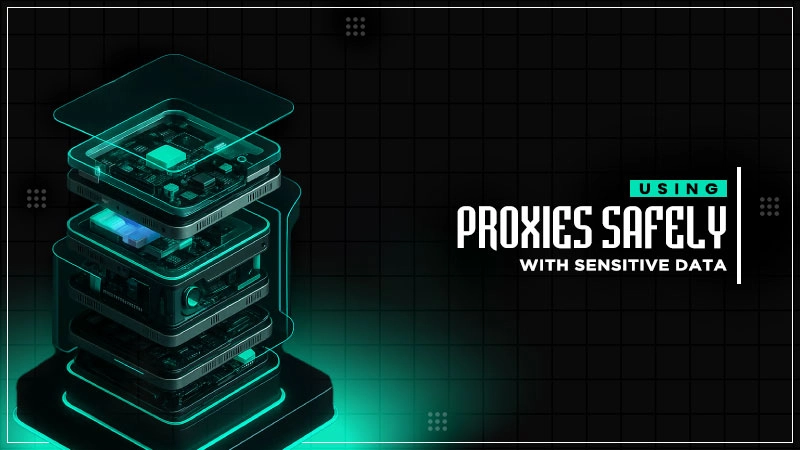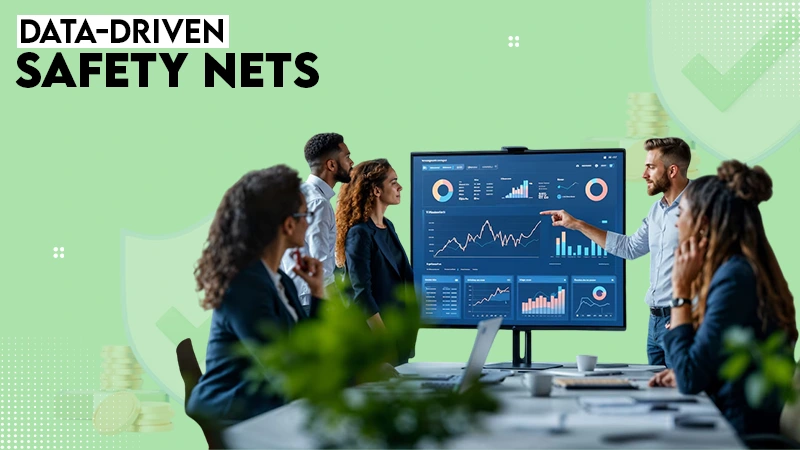Protecting Data Integrity: How Antivirus Software Supports Recovery and Resilience

Data loss is one of the most disruptive challenges in modern technology. Whether caused by ransomware, corrupted files, or human error, the damage can extend beyond financial loss to affect credibility, workflow, and long-term trust. While recovery tools can restore what has been lost, maintaining data integrity in the first place is the foundation of true digital resilience.
Antivirus technology plays a far greater role in that process than most users realize. It not only detects and blocks malicious threats but also prevents data corruption and system instability that can make recovery impossible.
Why Data Integrity Comes Before Data Recovery
Once a file has been encrypted by ransomware or overwritten by malicious code, full recovery is often impossible. Even when recovery tools can retrieve partial data, the quality and accuracy of that information may be compromised. Preventing that damage at the source is therefore essential.
Modern antivirus software monitors data flow at multiple levels. It checks the authenticity of files, scans downloads before they reach local storage, and isolates suspicious activity in secure environments. By catching infections early, it ensures that critical business and personal data remain stable, consistent, and recoverable.
The most effective systems combine multiple techniques such as heuristic analysis, behavioral tracking, and machine learning to predict unusual behavior before it causes harm. This proactive approach is crucial in environments where large amounts of data are constantly being written, transferred, and backed up.
How Antivirus Tools Protect the Recovery Process
For data recovery professionals, antivirus protection is more than a shield; it is a diagnostic partner. Clean systems are easier to restore, and structured data is simpler to rebuild. An infected system, on the other hand, can spread corruption across multiple backups and storage locations.
Cybernews explains that users who rely on tools included among the best antivirus programs gain access to advanced file integrity monitoring and real-time threat detection. These solutions not only stop attacks but also preserve data architecture, ensuring that recovery processes remain accurate and efficient when needed. By safeguarding both system performance and file consistency, antivirus protection becomes a key component of reliable data recovery strategies.
Key Layers of a Reliable Data Protection Strategy
While antivirus is essential, it functions best as part of a broader protection framework. A truly resilient system includes:
- Regular backups stored on encrypted offline drives or cloud servers
- File versioning to restore earlier versions if corruption occurs
- Endpoint monitoring to detect unusual activity across devices
- Patch management to close vulnerabilities before exploitation
- User training to prevent accidental data exposure
Together, these layers build a strong defense that ensures data remains both secure and recoverable.
Recovery Starts Long Before the Breach
True recovery is not a single event; it is an ongoing process of prevention, monitoring, and verification. The ability to restore files depends on how well systems are protected in daily use. Antivirus software supports this continuity by maintaining clean file environments and preventing damage from spreading across networks and backups.
Data Protection as Digital Continuity
For companies and individuals who depend on uninterrupted access to information, antivirus protection is not just security software, it is a key part of digital continuity. As Cybernews highlights, the best antivirus tools are designed not only to block malware but to preserve the integrity of data itself. In doing so, they help ensure that when recovery becomes necessary, the information being recovered is still accurate, complete, and usable.
Protecting data is no longer only about defending against attacks. It is about preserving trust in the systems that store it. When prevention and recovery work together, digital information remains not just recoverable but reliable.
Running an organization is a highly complex job. You have to deal with taxes, guidelines, and many more operational tasks…
In today’s connected world, knowing how to text someone anonymously is a valuable skill for protecting your privacy. Whether you…
In this digital world, just getting data is not enough for marketers – they need data that works fast, stays…
Is your Android phone starting to act strangely? This usually happens after a change in settings, a new update, or…
Ever wondered why it’s called the Recycle Bin? It is because your deleted files are not gone for good, at…
Icons are much more than simple visual adornments. They are the interface contracts for all outcomes, status signals, and the…
From internal financials and health records to payment tokens and customer identifiers, sensitive data is ingrained in day-to-day operations. According…
When your rent, gas, groceries, and internet bills all keep going up at the same time, have you ever wondered…
If you are a marketing professional, you have probably noticed that the amount of content your department produces has increased…






